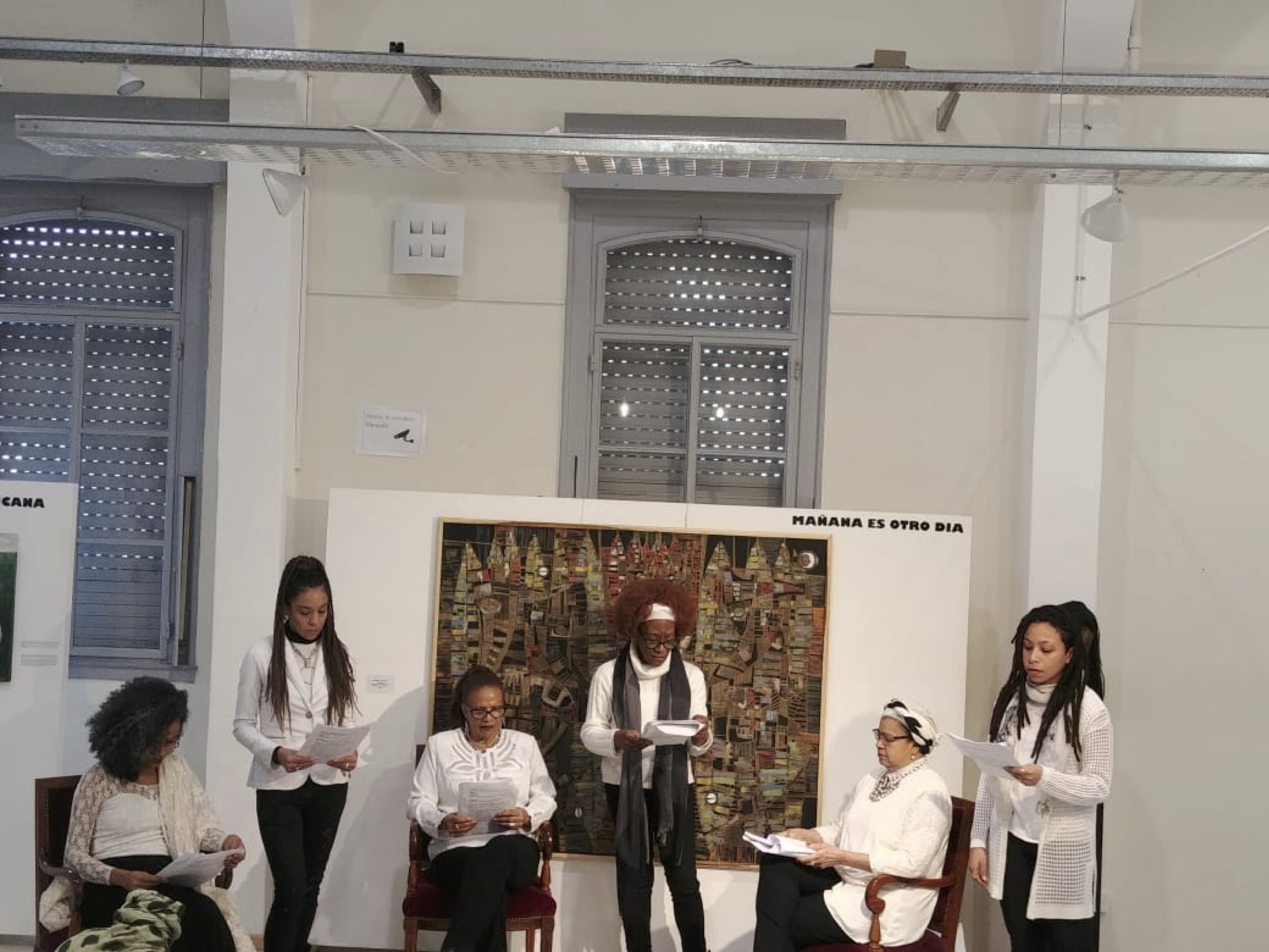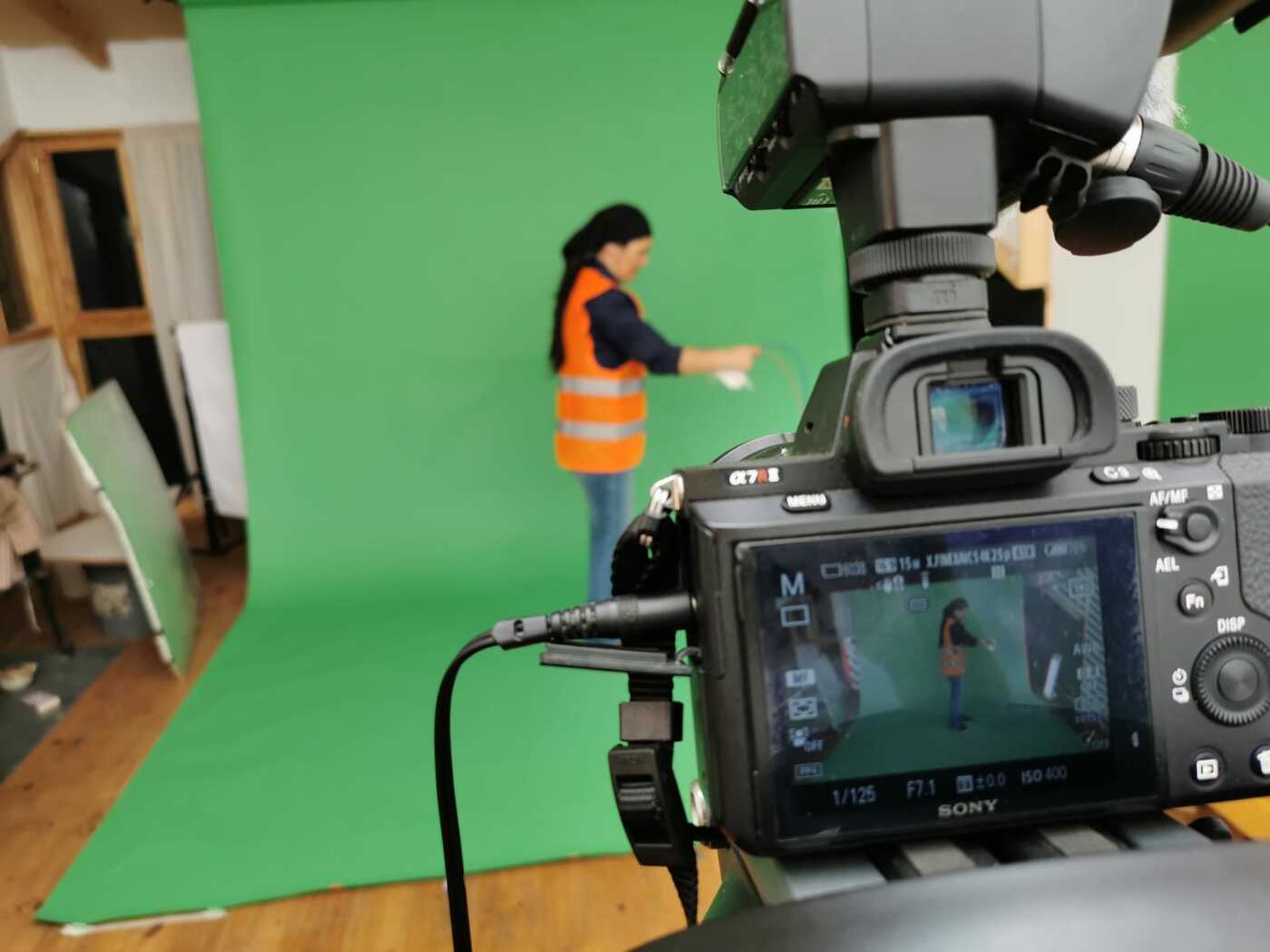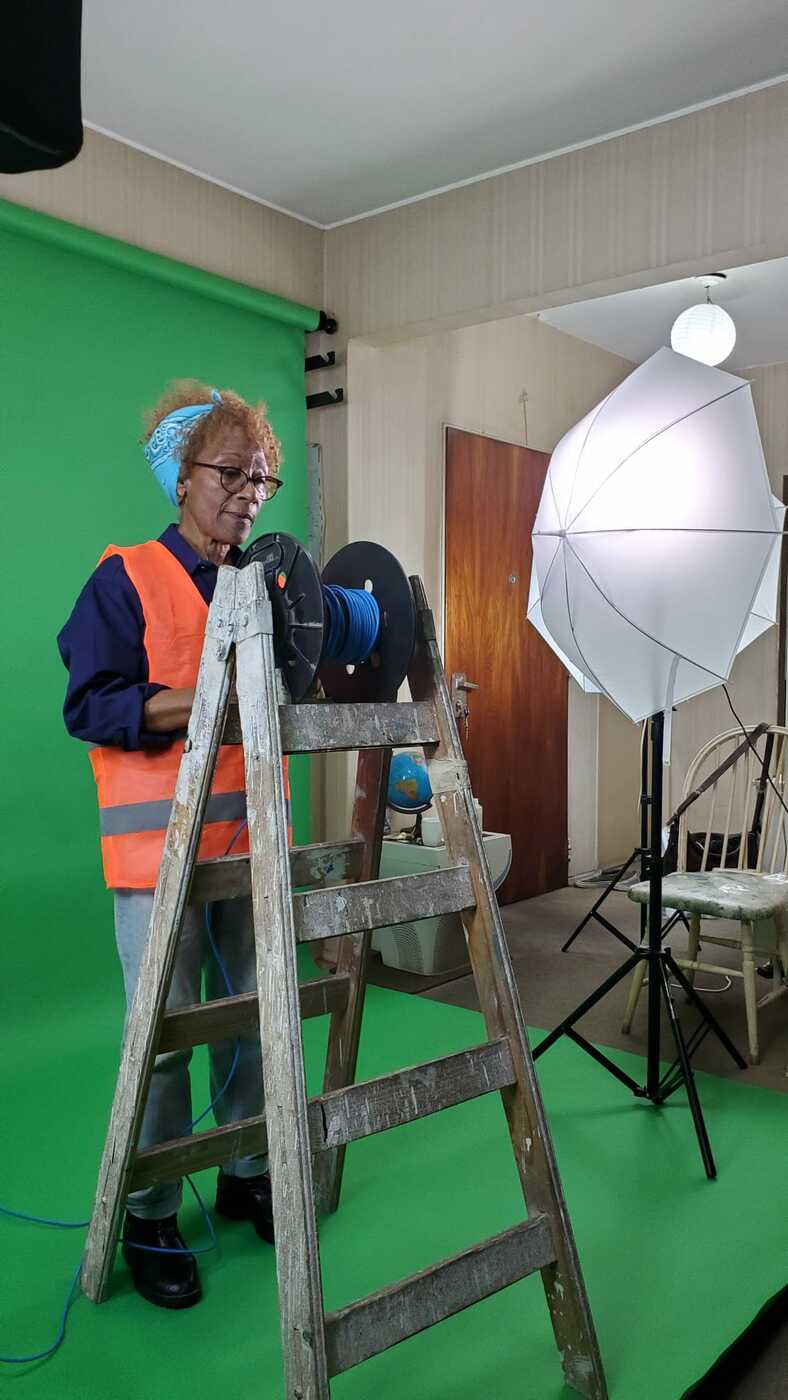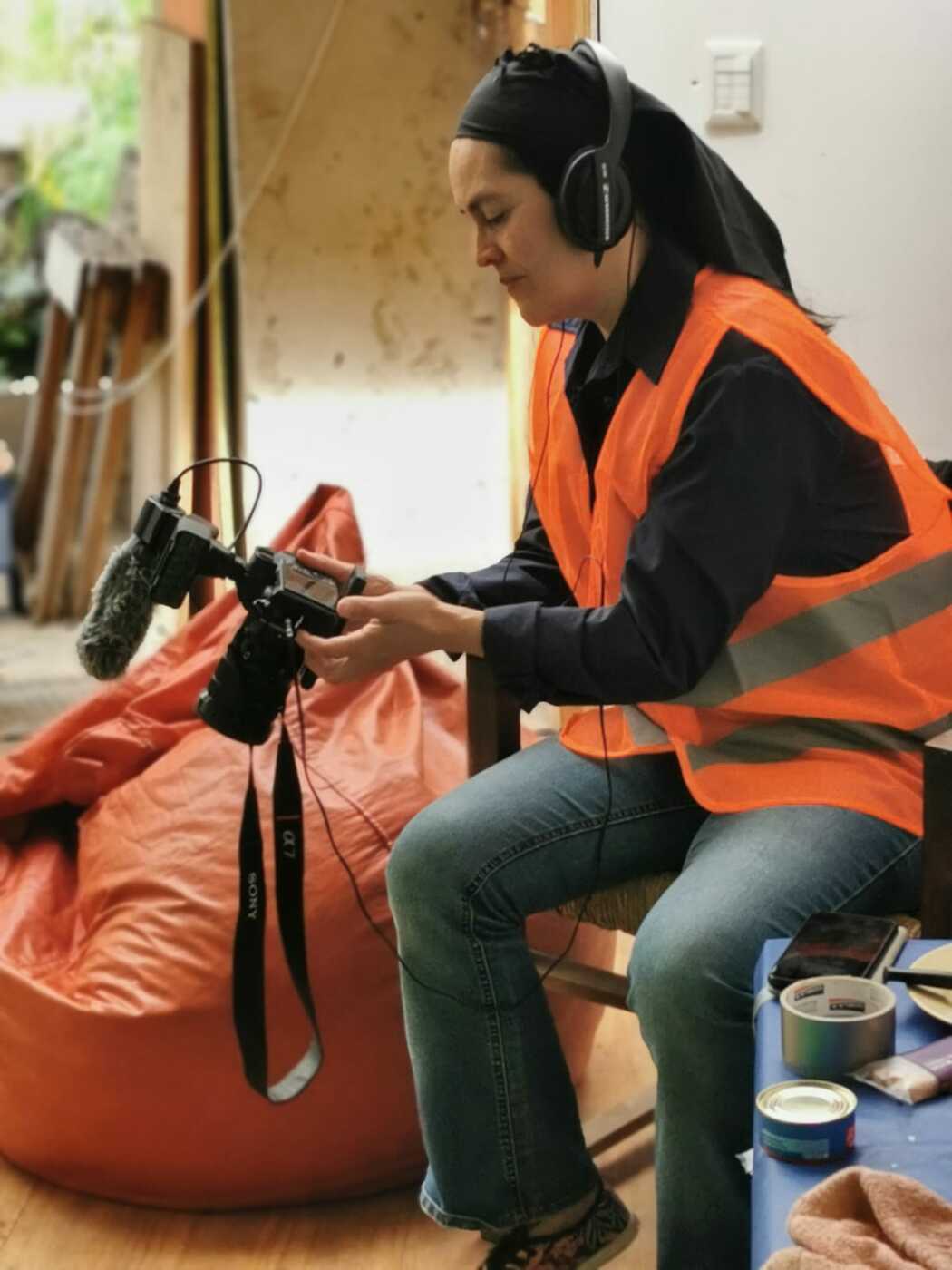Teatro en Sepia
Alejandra Egido, edited by Ana Vivaldi
The Teatro en Sepia company (TES) was created in 2010 by the director and actress Alejandra Egido to challenge the historical and persistent indifference and oblivion towards the presence of the descendants of enslaved Africans in Argentina, as well as past and current Afro-descendant migrants.
TES examines the Argentine national narrative and opens fissures in the official discourses in a country considered to have been forged by European immigrants who "arrived on the ships" at the end of the 19th century. One of the objectives of TES's work is to use theatre to expose Afro-descendant denial and invisibility. The company stresses the idea of migration, focusing on other types of hidden trajectories, like slave ships or the arrival of African migrants in the 20th century and the present. It challenges the Argentine social imaginary but avoids the exoticisation of identities.

TES has performed numerous plays, including the canonical work Calunga Andumba, written by Afro-Porteño actresses and playwrights Carmen and Susana Platero. After this initial production, the company has focused on working on the specific experiences of Afro-descendant women from a feminist position. Afrolatinoamericanas, by Egido and Lea Geler, draws on archival work to portray the experience of Afro women in different historical periods.
The work No es país para negras II (No Country for Black Women II), also by Egido, draws on social research on the trajectories of Afro-Porteño women. The works Al costado del camino (On the Side of the Road), La cadena invisible (The Invisible Chain), ¿Cuánto cobrás? (How Much Do You Charge?) and Fuego amigo (Friendly Fire, included in this exhibition) advance the Afro-feminist dimension of the company.
The poetic language of TES proposes the creation of a shared space, an encounter with fragments of a repressed narrative. This poetry uses body, mind, and words to change perceptions and make us flow beyond the "racial" limits imposed by racist structures.
The scene is part of a play set in the near post-pandemic future. It tells the story of two women, a Mapuche and an Afro-Argentine. They are around sixty years of age and work as technicians installing COVID 19 virus sensors at traffic lights - a technology developed by Argentine scientists to measure high concentrations of the virus.
The women need to have their "own transport" to get the job, but as they don't have cars, they move around on horseback . Their work takes place at dawn in Pergamino, a city in the province of Buenos Aires located on what was the “border” with the Mapuche nations in the 19th century.
Due to the pandemic, the play was rehearsed remotely. After two months of rehearsal, the actresses recorded their scenes in Bariloche and Buenos Aires studios.
I don't know if these characters met in a 19th-century grocery store: probably they did. If not, today they meet on the stage where they can construct future stories of anger, the fruit of age-old injustices.
Alejandra Egido
Credits
Authorship and direction
Alejandra Egido
Cast
Alejandra Egido and Miriam Álvarez
Audiovisual production
José López and Natalia Cano
Research
The scenes were created using collaborative research by Alejandra Egido, Miriam Álvarez, Lorena Cañuqueo and Ana Vivaldi
Dramaturgia Clandestina
The script was written in the drama writing workshop led by David Arancibia, under the aegis of Dramaturgia Clandestina, a theatre research and publishing group.



